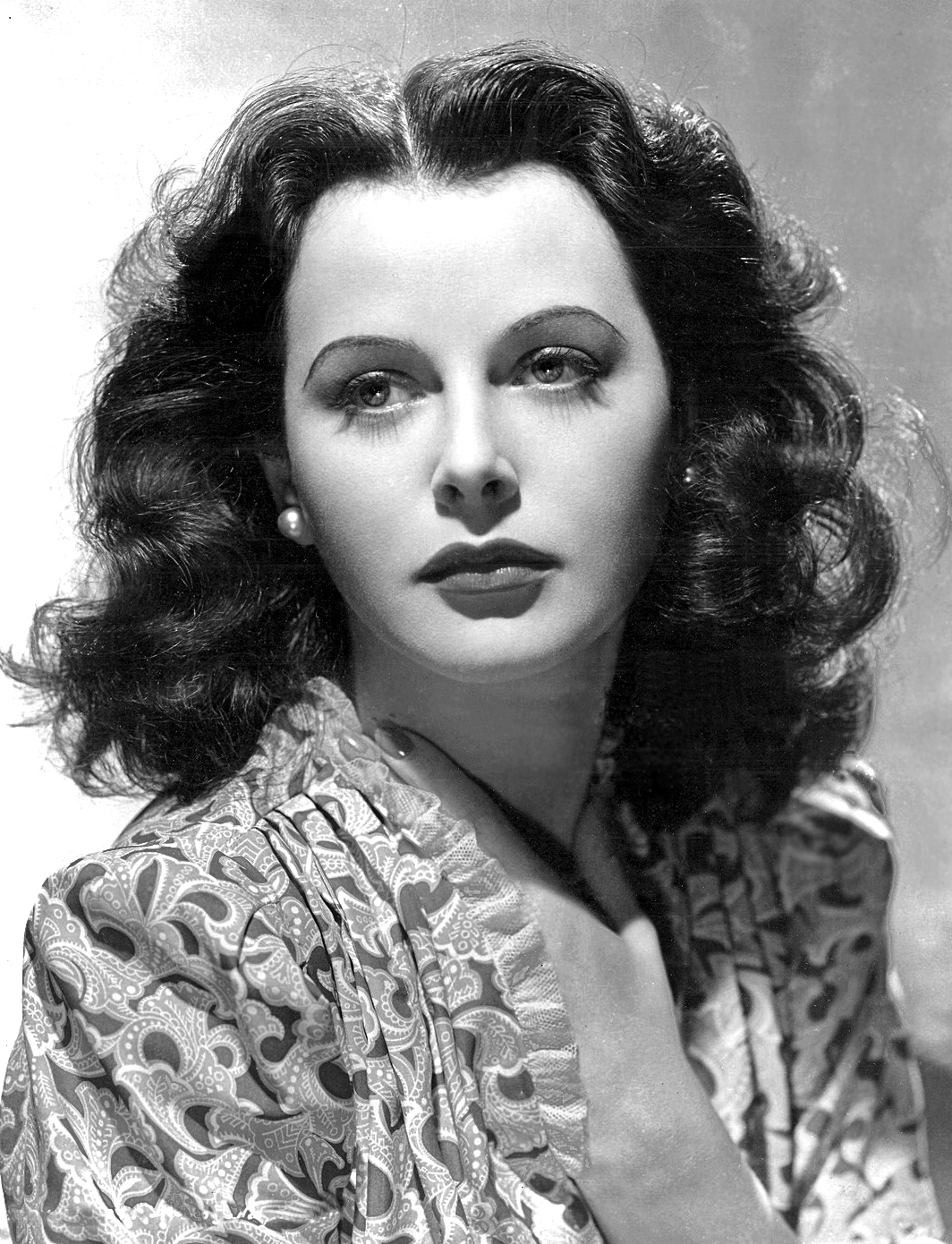What if you were told that there was, once upon a time, a Hollywood actress whose invention forever changed the course of modern military technology and, not to mention, everyday life in general?
Would you believe it?
You should. Because such a woman existed. And her name was Hedy Lamarr.
Born in Austria in 1914, Hedwig Eva Maria Kiesler was the only child of Gertrud “Trude” Kiesler and Emil Kiesler – a well-to-do bank director. In the latter half of the roaring 1920s, Hedy was discovered as an actress by Max Reinhardt, a Berlin producer. She was professional trained in Germany, but soon returned to Austria where she began her acting career.
Then, in 1933, she did something that would set herself up for her groundbreaking technological breakthrough years later. She married Max Mandl, a wealthy Austrian military arms merchant. Through Mandl, she would become familiar with the world of applied and military science by attending meetings and picking the brains of the scientists involved in some of the most cutting-edge research and development projects at the time.
It was later discovered, however, that Mandl sold munitions and other military weapons to the fascist regimes of Italy and – despite being Jewish himself – Nazi Germany.
Mussolini and Hitler even attended extravagant balls at the Mandl home.
These unforgivable, damning associations, as well his controlling nature (Mandl once got so furious with a steamy sex scene Lamarr performed in that he – one of the richest men in Austria – attempted to buy up every single copy of the movie) forced Hedy to flee from his dominant hold, which she did disguised as a maid, to Paris. It was in the French city where she met the legendary movie mogul Louis B. Mayer (ahem, MGM) who was scouring the country for talent. Mayer was sold on the Austrian actress, convinced her to change her name to “Hedy Lamarr” and invited her to Hollywood, promoting her as the “world’s most beautiful woman”.
From 1940 to 1949 Lamarr made 18 films with some of the era’s biggest stars. Clark Gable, Spencer Tracy, John Garfield, Robert Young, Lana Turner and Judy Garland all shared the marquee lights with the European starlet. But it wasn’t long until she saw the occupation as a challenge-less existence, and turned to something a little bit more stimulating for a person of her intelligence
Like inventing.
At one point during World War II, Nazi submarines began torpedoing passenger ships. Lamarr, vehemently angered at the deadly attacks on the innocent, said this in response: “I”ve got to invent something that will put a stop to that.”
So, she tried.
While living in California in the early 1940s, Lamarr met a neighbor of hers: avant garde composer George Antheil. Both poised to contribute to the war effort, they discussed the matter of submarines, and how their torpedoes were controlled and directed by radio waves which left them susceptible to being “jammed” by broadcasting interference at the same frequency of the signals. It was a problem. So they deduced a solution.
If they could figure how to simulate “frequency hopping” they could avoid the jamming of the signal altogether.
Utilizing, of all things, a piano roll, the two successfully “changed the signal between a control center and the torpedo at short bursts within range of 88 frequencies in the radio frequency spectrum (there are 88 black and white keys on a piano keyboard).” The code for the sequence of the frequencies would be held by both the controlling ship and the torpedo itself but not by the enemy (obviously) themselves, making it impossible to scan all 88 frequencies and jam them.
On August 11, 1942, U.S. Patent 2,292,387 was granted to Lamarr and Antheil. While it wasn’t officially adopted by the United States military until 1962 (the first iteration of the technology was rejected by the U.S.) when it was eventually used in the blockade of Cuba, the invention is the basis for such vital modern technologies like Bluetooth, Wi-Fi and even wireless phones.
In January of 2000, Lamarr passed away at the age of 85 in Casselberry, Florida. Fourteen years later, she and Antheil were both posthumously inducted into the Inventors Hall of Fame.
Go back in time and watch this clip of Hedy Lamarr during her 1957 appearance on the television show What’s My Line?:
https://www.youtube.com/watch?v=gMshmTa0O0Q




































